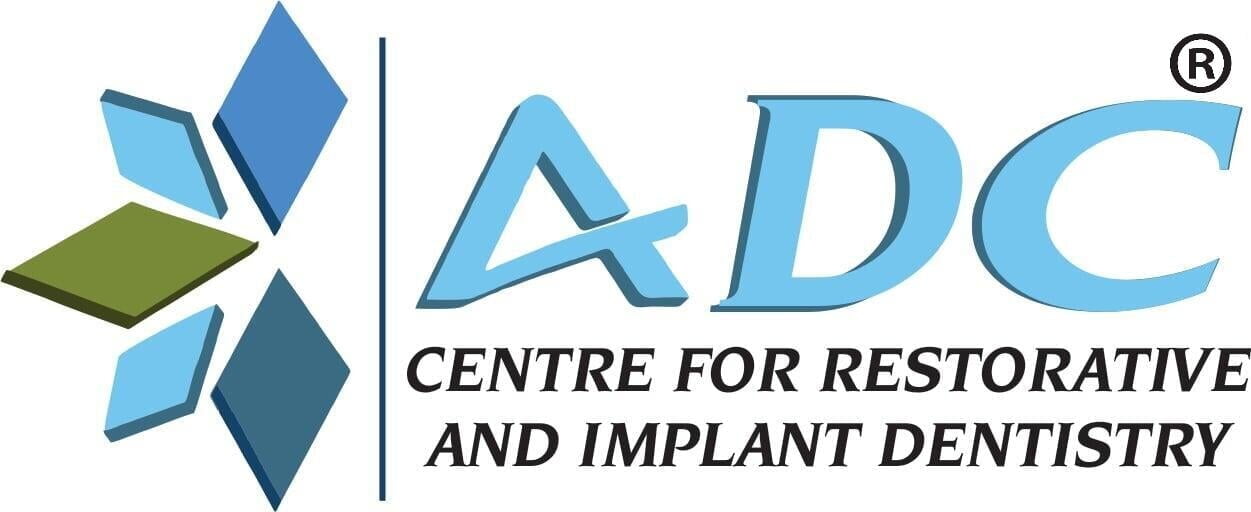The goal of modern dentistry is for every patient to be able to keep all of their teeth for the rest of their lives. Over the past 50 years, dental technology and oral health awareness have developed, and as a result, we now encounter fewer older patients with complete tooth loss (condition dentists call edentulism). Nonetheless, we observe that some people may lose one or a few teeth without giving it any thought. In actuality, a missing tooth can negatively impact your oral health and psychological well-being in the long run, so it's not just about the gap in your grin.
The power of biting and chewing passes into the bone at the base of your teeth, stimulating the jawbones. The bone behind the tooth where it formerly was begins to deteriorate and lose density when even one tooth is lost. This impression is accentuated if you are missing all of the teeth on either your upper or lower jaw. This can cause the face to appear sunken and shortened, which makes a person look much older. Additionally, patients who have lost teeth have adverse impacts on their health and quality of life. Your issues with bone loss and other effects will worsen the longer you put off having a tooth replaced.
The American College of Prosthodontics estimates that around 120 million Americans are currently missing one or more teeth. Partial edentulism is the absence of one or more teeth, whereas edentulism is the absence of all teeth. Currently, 36 million Americans lack any teeth. In most cases, trauma, severe gum disease, or dental decay cause teeth to come out. A general dentist may also extract teeth in specific situations to treat unpleasant symptoms, treat an infection locally, or protect the teeth around the excised tooth from further harm. An empty tooth socket is left behind when a tooth is lost or extracted. At this stage, dental patients frequently wonder what to do next.

What happens when lost teeth are not replaced?
What happens when lost teeth are not replaced?
A person quickly experiences changes when part of their teeth is missing. To close the gap, the remaining teeth will first start to advance toward it. This causes them to lose their proper alignment, which results in biting problems that need to be fixed with orthodontic procedures. In addition, when lost teeth are not replaced right once, patients begin to lose jawbone tissue. This happens as a result of the missing teeth and their roots less stimulation of the person's jawline. As a result, the patient's facial shape is altered and a sizable amount of bone tissue is lost.
But the consequences of not having lost teeth replaced don't end there. Patients who have lost some of their natural teeth frequently develop self-consciousness issues. One of the first things people notice about someone's look is the state of their teeth, and judgments are frequently formed based on this observation. As a result, individuals start to lose confidence since they are preoccupied with what other people are thinking of them at all times.
Concern over their looks is understandable for these patients. In contrast to missing teeth, which are considered unsightly and an indication of age, a healthy-looking, full set of teeth is frequently viewed as a sign of attractiveness and good health. Additionally, an absent tooth makes the opposing arc more challenging. When a tooth is missing, the tooth opposite no longer has anything to make contact with, which can cause a variety of problems such as gum disease, shifting, looseness, or fractures.
Replacing Lost Teeth
Patients now have a wide range of alternatives available to them for replacing a missing tooth due to developments in dental technology. The most widely used method of replacing missing or damaged teeth is implant surgery. They offer a solid base for dental restorations that are either detachable or permanent. Small titanium posts known as implants are put into the gap created by a missing tooth.
An abutment will be positioned over the implant once it has fused with the jawbone to support the crown. The appearance and functionality of implants are identical to natural teeth. When multiple teeth on a dental arch are missing, implants might be utilised in conjunction with dentures. They also aid in reducing bone loss. Dentures and fixed dental bridges are further choices for tooth replacement. You can keep up your facial look and oral health by having the tooth repaired, ideally with a dental implant. To get a dental restoration if you've lost a tooth to illness or disease, call your dentist right away.
Conclusion
Most of us lose at least one tooth by the time we are 45 to 65 years old. In actuality, 25 per cent of Americans over the age of 65 have lost all of their teeth due to gum disease, decay, or trauma. Try to keep all of your teeth by going to your primary care dentist at least twice a year to keep your mouth healthy. Therefore, your mouth has developed into a system that functions as a whole, with each tooth doing its assigned function and sharing the workload equally. The burden of caring for your mouth's remaining teeth, particularly those of the same type, must be shared when one of your teeth is lost. Your remaining teeth will suffer more wear and tear as a result, which accelerates the rate of decay.
As such, replacing lost teeth is crucial and to maintain the appearance of your smile and to take proper dental care. You can also opt for dental implants to replace the missing or lost teeth. Visit your dentist to fix lost teeth and keep that amazing smile of yours intact!














